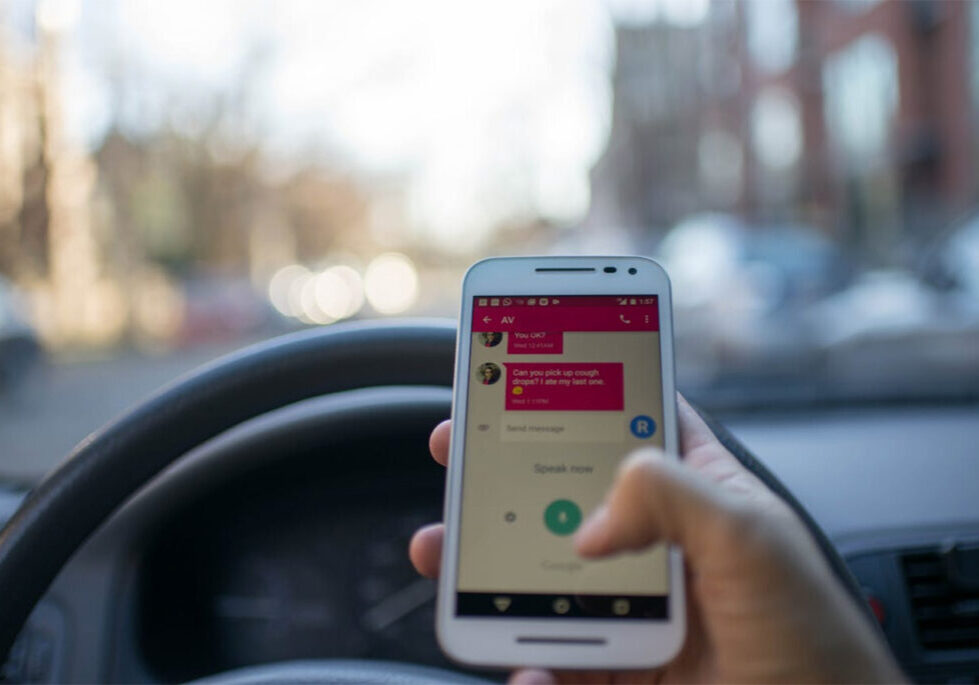When you’re out on the road, you do everything you can to drive safely and protect yourself and your passengers. But what happens if you’re involved in a car accident with a driver who doesn’t have insurance or doesn’t have enough insurance to cover the damages?
In fact, according to the Insurance Research Council (IRC), approximately 14% of U.S. motorists were uninsured in 2022. This means about one in seven drivers on the road does not have insurance. The percentage varies significantly by state, with the District of Columbia topping the chart with 25.2% of uninsured motorists and Wyoming placing last with 5.9%. The data, collected from 10 major insurers representing around 56% of the U.S. private passenger auto insurance market, also showed that an estimated 17% of motorists are uninsured in California.
This is where Uninsured Motorist (UM) and Underinsured Motorist (UIM) coverage come into play. Understanding these types of coverage matter when it comes to ensuring you’re adequately protected in case of an accident.
Uninsured Motorist (UM) Coverage
Uninsured Motorist Coverage is designed to protect you if you’re in an accident caused by a driver who doesn’t have any auto insurance. Despite laws requiring drivers to carry insurance, the IRC report clearly shows many people still drive without it. If you’re hit by an uninsured driver, UM coverage can help pay for your medical expenses, lost wages, and other damages.
Key Points of UM Coverage:
- Medical Expenses: Covers medical bills for injuries sustained by you and your passengers.
- Lost Wages: Compensates for income lost due to injuries from the accident.
- Pain and Suffering: Provides compensation for pain, suffering, and other non-economic damages.
- Vehicle Damage: In some states, UM coverage may also cover vehicle repairs.
Underinsured Motorist (UIM) Coverage
Underinsured Motorist Coverage is available in some states and applies when you’re in an accident with a driver who has insurance, but their policy limits are too low to cover all your expenses. In this case, UIM coverage can help bridge the gap between the other driver’s insurance and the actual cost of your damages.
Key Points of UIM Coverage:
- Supplemental Coverage: Adds to the amount provided by the at-fault driver’s insurance.
- Medical Expenses: Covers additional medical costs not covered by the other driver’s policy.
- Lost Wages: Helps cover lost income if the other driver’s insurance is insufficient.
- Pain and Suffering: Provides additional compensation for non-economic damages.
Why UM and UIM Coverage Matters
Having UM and UIM coverage is crucial because it ensures you won’t be left financially vulnerable if you’re involved in an accident with an uninsured or underinsured driver. Without this coverage, you could be responsible for paying out-of-pocket for medical expenses, vehicle repairs, and other costs, even if the accident wasn’t your fault.
Real-Life Scenarios
To better understand the impact of UM and UIM coverage, consider the following scenarios:
Scenario 1: Uninsured Driver — You’re driving home from work when another driver runs a red light and hits your car. The police arrive and determine that the other driver is at fault. However, you soon discover that the driver doesn’t have any insurance. Without UM coverage, you would have to pay for your medical bills and car repairs out of your own pocket.
Scenario 2: Underinsured Driver — You’re involved in an accident with a driver who has the state minimum liability insurance. Your medical bills and car repairs amount to $50,000, but the other driver’s insurance only covers $25,000. With UIM coverage, your insurance would cover the remaining $25,000, ensuring you don’t have to bear the financial burden.
Other Factors to Keep in Mind
While minimum insurance coverage is a starting point, other factors can significantly impact the compensation you receive. These include:
- The at-fault driver’s assets: If the driver has significant personal assets, you might be able to recover damages exceeding their insurance limits.
- Employment status at the time of the accident: If the driver was working when the accident occurred, their employer’s insurance might also be liable.
- Umbrella insurance: Some drivers carry umbrella insurance policies that provide additional coverage beyond their standard auto insurance limits.
A skilled personal injury lawyer can investigate these variables and determine the full scope of potential compensation available to you.
How to Choose the Right Coverage
When selecting UM and UIM coverage, your individual needs and financial situation can guide the way. Here are some tips to help you choose the right coverage:
- Evaluate Your Risks: Consider the likelihood of encountering uninsured or underinsured drivers in your area.
- Assess Your Finances: Determine how much coverage you can afford and how much you would need to cover potential expenses.
- Consult with an Insurance Agent: Speak with an insurance professional to understand the best options for your specific situation.
Contact Penney & Associates
At Penney & Associates, we understand the complexities of insurance coverage and the importance of protecting yourself on the road. Several of our trial attorneys have first-hand experience from working in the insurance industry and can offer invaluable insight and support. Whether you have questions or need help with a personal injury claim, our experienced team is here to seek justice and ensure you get the compensation you deserve. Contact us today for a free consultation.
Read More
Where Are Boaters Most at Risk in California Waterways?
What Sets the Best Personal Injury Law Firms Apart?
10 Common Accidents in the Summer



